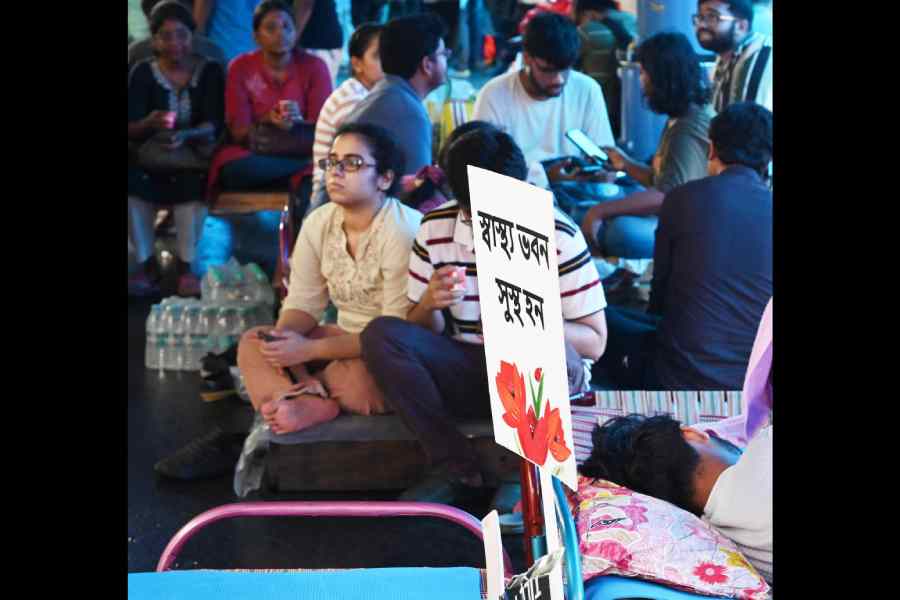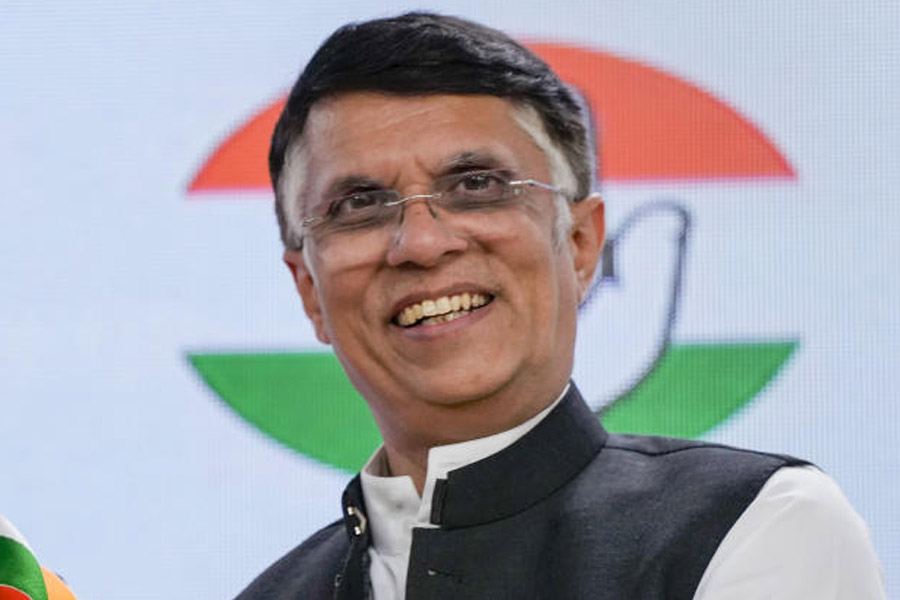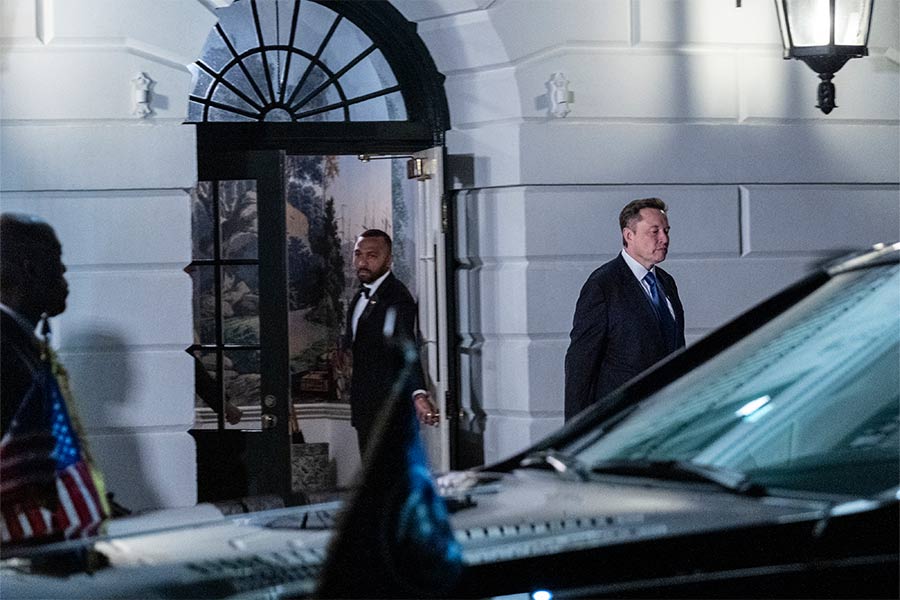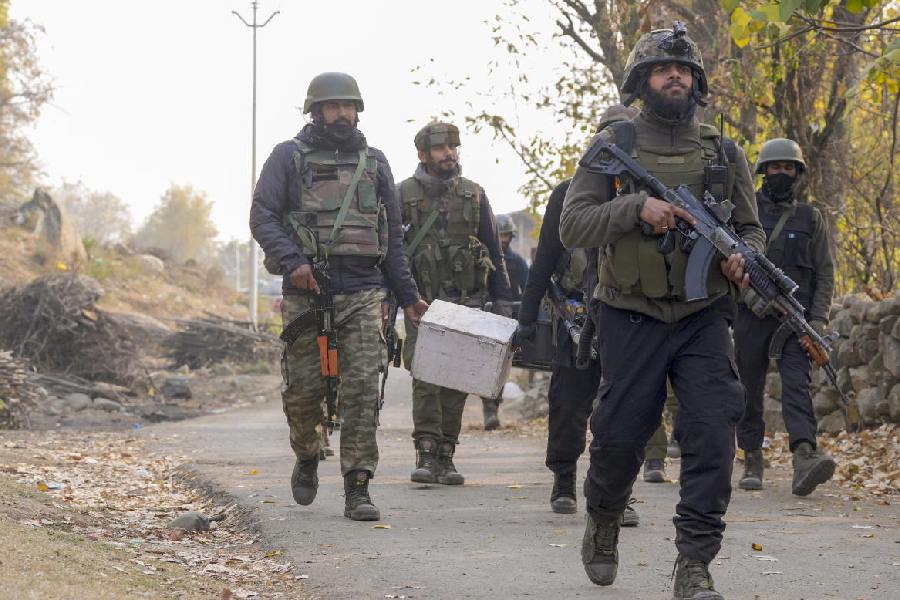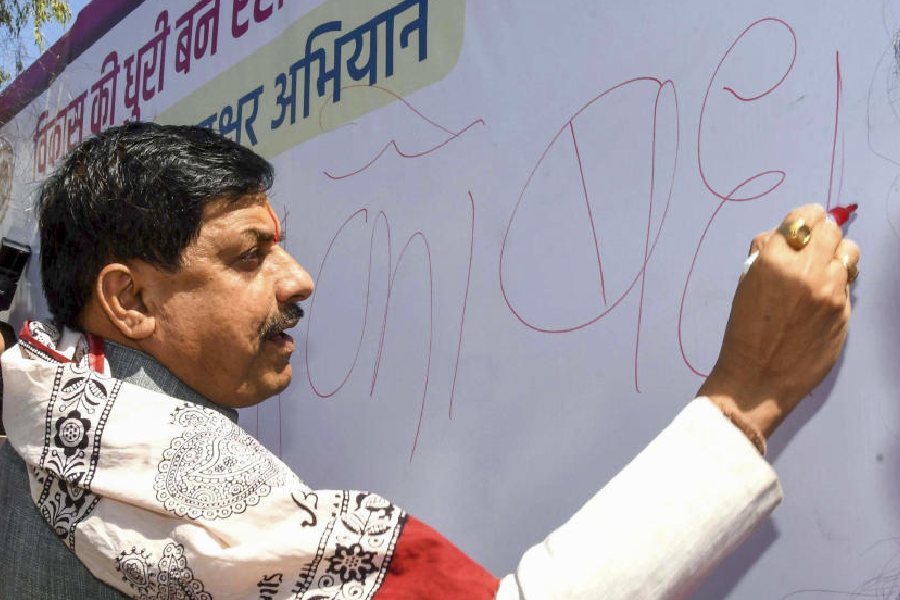On the evening of the day Rizwanur Rahman died in late September 2007, many parts of Calcutta flooded under a hard-smashing rain. Those caught in the flood had no idea that Rizwanur had died — possibly murdered, labelled ‘suicide’ — but when they found out the next day, the previous night’s deluge seemed eerily befitting. For many months afterwards, Rizwanur’s death crackled like a live electric wire dangling in water.
The facts were these: a lower-middle-class Muslim man and a young woman from a wealthy Hindu family had fallen in love and gotten married; at the behest of the woman’s parents, police officers of varying ranks had then chosen to get involved in trying to undo a perfectly legal marriage between two consenting adults; after much negotiation, the woman agreed to return to her parents’ house for a bit; contact between her and her husband ceased, with the latter alleging that she was not being allowed to speak to him; while campaigning to regain access to his wife, Rizwanur showed no sign of suicidal tendencies; his body was found on the rail tracks with fatal wounds that did not suggest he had come under train wheels; the Kolkata Police quickly labelled the case as a suicide and moved to ‘shut the file’; when the Central Bureau of Investigation got involved, the probe became drawn out and inconclusive, with many bits of evidence pointing to foul play, possibly commissioned by parties interested in seeing Rizwanur dead.
Calcutta ignited around the issue. People of all classes came out on the streets for vigils and processions. Police stations were surrounded by protestors. Along with senior police officers, the then Left Font government was also found to be complicit in the project of dismantling the ‘offending’ marriage. The chief minister and other leaders attempted to side-step blame. Mamata Banerjee leading the state Opposition used the issue masterfully to land blows on the government and the administration’s credibility. At one point, she led a sizeable march to the police headquarters, working the megaphone to make a chant of “Lalbajar cholo!” As a result of all this, several top police officers were eventually transferred. The case was taken away from KP and handed over to the CBI. The public outrage subsided but not for long — Singur and Nandigram were waiting in the wings. When people looked back at Mamata Banerjee’s great vanquishing of the Left Front in 2011, many agreed that her campaign for justice for Rizwanur Rahman had caused the first significant brick to come loose from the Left Front’s ramparts, that it was Rizwanur’s death and the ensuing protests that marked the beginning of the end for the Communist Party of India (Marxist) and its allies.
When Mamata Banerjee took over the reins in May 2011, she and her party came with (forgive the unavoidable pun) many red flags: the party had won not least because of the defection of the mastans from the CPI(M) to the Trinamool Congress; Ms Banerjee and many of her close lieutenants had no particular love for day-to-day democracy; in fact, they outdid the Left Front by doing to it what the Front had done to the Congress from 1977 onwards, except in exponentially more ruthless terms. Local leaders were terrorised out of their districts, the CPI(M)’s offices were shut down, and 34 years of Left rule were uprooted, plants and flowers along with weeds. This, then, was politics TMC style or, if you will, Left Front 2.0 style. In the stories of spiking corruption that spread shortly after the TMC took power, it was said that in comparison to the Left Front’s standard 15% kickback, the TMC’s local satraps were asking for 25% to 30%. Among the negatives and the positives, one thing many commentators noted was the role Mamata Banerjee’s women supporters played in the victory and their prominence and huge energy during the celebrations of the TMC victory.
*******
“Lodai, lodai, lodai, lodai!” (Fight, fight, fight, fight!) “Tilottamar rokto! Hobey na goe byartho!” (Tilottama’s spilled blood won’t go in vain!) “Didi tomar kisher bhoy? Live stream keno noy?” (Didi what are you afraid of? Why not allow the live stream?) Inching through the jam-packed, rain-drenched tents outside Swashtha Bhavan, the first thing you notice is the determination and coiled anger in the eyes of the young women on the megaphones. In cluster after cluster from the different medical colleges, the ‘girls’ and the ‘boys’ call out their challenge to the people in power, the girls standing out for their rock-solid body-language and pithy articulation. After days under the late monsoon there is exhaustion, but the fury moves from caller to drummer to the chanting group, recharging the batteries, bringing back volume to cracked throats. When some people sit down, others stand up. “We want! Justice!” The way they are dressed, the way they pronounce the occasional English slogans, you can tell these are not elite kids from some posh institution; these are mostly lower-middle-class and middle-class students, young citizens of Bengal hailing from the poorer paras, from mofussil towns and villages, these are young adults who have ambitions of studying, becoming doctors, and entering a life of service. These are not potential BJP voters or Congress or CPI(M) moles, these are people from Mamata Banerjee’s core constituency and their demands are straightforward — clean your grotesquely filthy stables of murderous corruption; start cleaning them in a way that we can all see and believe; take on the shameful, institutionalised misogyny of your party and start shovelling it into the incinerator — do it in a way that everyone can witness.
Like all despots, major and petty, Mamata Banerjee thrives on playing the victim. But now, faced with this horrendous instance of a genuine victim, her fake-victimhood shrivels up into a carbonised farce. Her unquestionable political courage is shown, once again, to be interwoven with unmistakable moral cowardice, this time monumentally so. Contrary to what she’s claiming, none of these young protestors wants to topple the chief minister from her chair, nor is there any evidence that these protestors have anything but revulsion towards the politics of Hindutva or the toxic antics of the BJP. No, the challenge to Ms Banerjee and her state government is from a different quarter, this calling out comes from her own voters’ notion of day-to-day, issue-based democracy and what constitutes honest, good governance.
Under the tents, two extremely old women are brought in with support. Barely able to stand, they bless framed drawings of the victim that are held out for them. Near this touching scene, three younger women are asked what transpired when the chief minister visited the protests a few minutes earlier. “I’ll see. I will think. I will not punish you people.” “Let me see what I can do, I will consider.” “Everything, shob kichhu ta in future tense!”
With the exception of Jawhar Sircar who has tendered a graceful, yet hard-hitting, resignation, Ms Banerjee’s normally vociferous and articulate team of MPs, (including two women doctors who are themselves alumni of R.G. Kar Medical College and Hospital) is strangely quiet, seemingly content to let the future arrive as it will. What they and others in their leader’s advisory circle need to drive home to Ms Banerjee is that the longer she takes to act upon this genuinely and transparently, the more the likelihood of this grave case becoming a touchpaper that sets off combustion for other issues. Just as global warming creates unpredictably cruel weather, corruption too creates its own hard rain. Sometimes the wrong-season thunderstorms take their time coming, but when they do, they destroy everything in their path.

